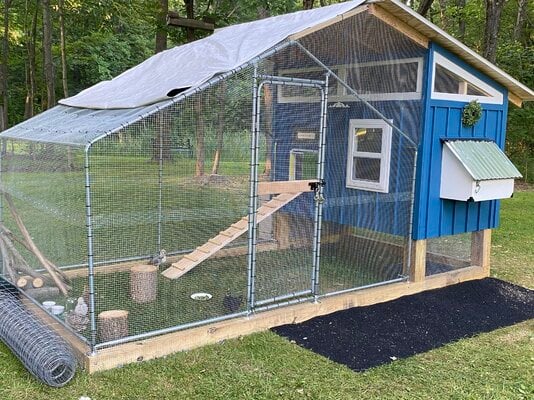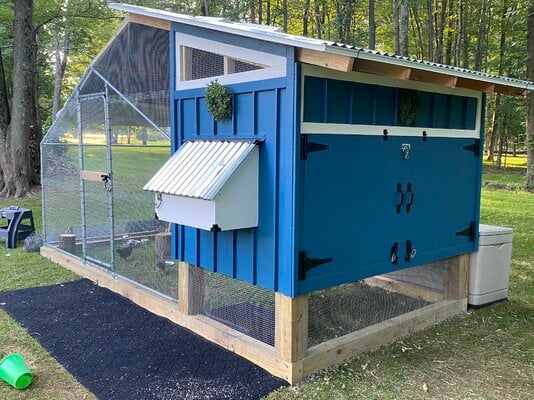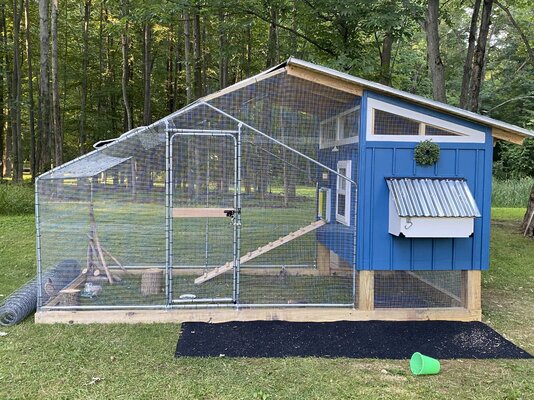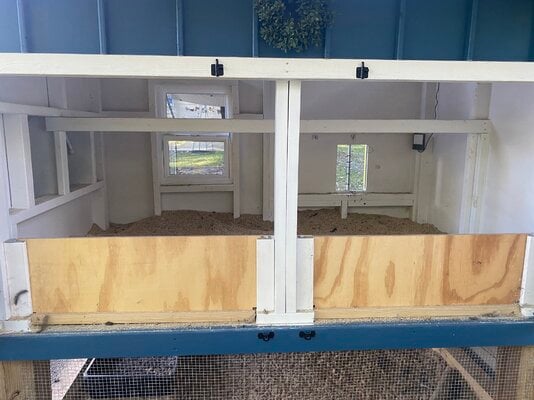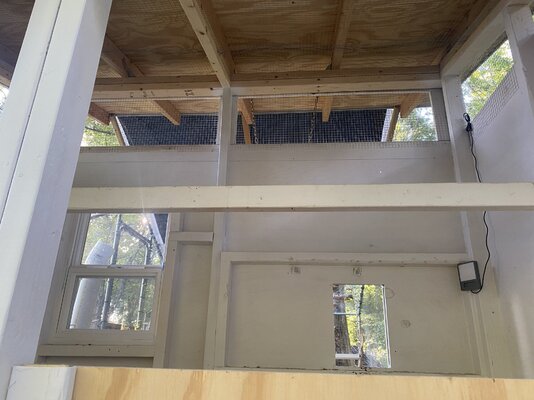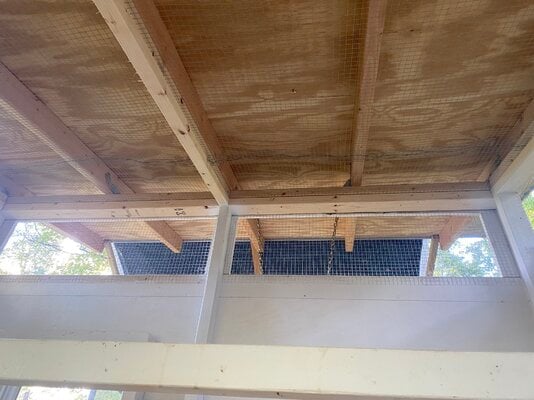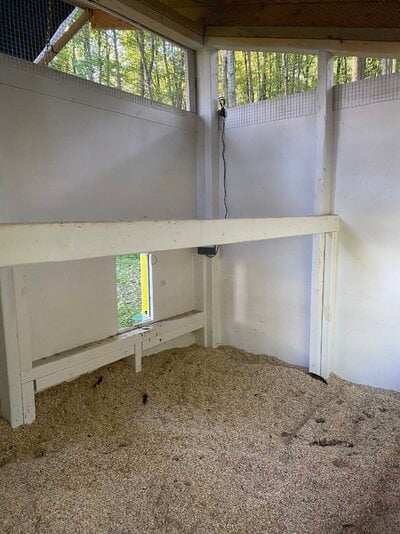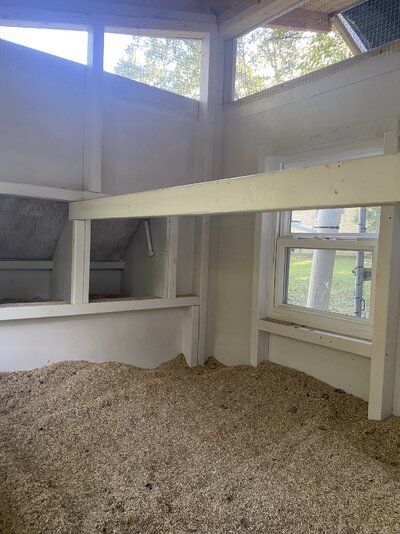TinaRew
Chirping
I‘m sorry if this is a dumb question, but I’m a newbie at this and I’m confused. How do I make the coop draft free but still have ventilation for the winter (I’m located in PA)? Won‘t the ventilation openings be a place where drafts come in? And how can you even check for drafts to begin with if you can’t fit in the coop and close the doors behind you to check?!
Our coop has ventilation on 3 out of 4 sides at the top. The top is completely open with a raised roof - we had planned to put foam board in between the hardwire cloth of the roof and the roof to help cut down on some of the air in the winter. The chickens roost on their bar right below the top opening, so the opening on the sides and front are ABOVE their heads, but not by too much - few inches maybe, definitely less than a foot I would guess.
it’s hard to tell which way the wind blows most where our coop is. I have felt it in all directions in this location, so I’m not entirely sure which direction it *usually* comes from. Do you put up plastic around your run also? Would love any advice on these things.
Our coop has ventilation on 3 out of 4 sides at the top. The top is completely open with a raised roof - we had planned to put foam board in between the hardwire cloth of the roof and the roof to help cut down on some of the air in the winter. The chickens roost on their bar right below the top opening, so the opening on the sides and front are ABOVE their heads, but not by too much - few inches maybe, definitely less than a foot I would guess.
it’s hard to tell which way the wind blows most where our coop is. I have felt it in all directions in this location, so I’m not entirely sure which direction it *usually* comes from. Do you put up plastic around your run also? Would love any advice on these things.

